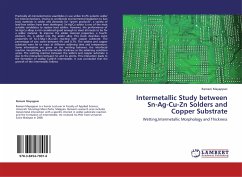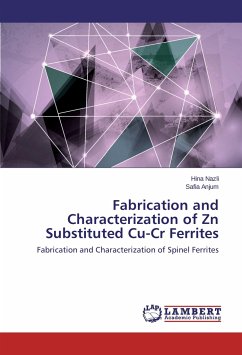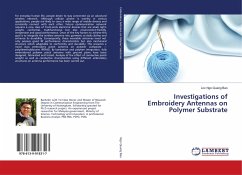Practically all microelectronics assemblies in use utilize Sn-Pb eutectic solder for interconnections. Owing to worldwide environmental legislation to ban toxic materials in solder and demands for green products , a variety of lead-free solders have been developed. Sn-Ag-Cu solder is one of the most suitable candidates to replace lead solders. However, the performance of Sn-Ag-Cu alloys is not considered good enough to meet all needs to be for a solder material. To improve the solder material properties, a fourth element, Zn, is added into the solder alloy. This book describes some properties of Sn-3.5Ag-1.0Cu-xZn reacting with copper substrate. The percentage of zinc varies between 0% and 0.7%. The solders and copper substrate were let to react at different soldering time and temperature. Some information are given on the wetting behavior, the interfacial reaction morphology and intermetallic thickness as the soldering condition varies. The wetting reaction between the solders and copper substrate is due to the interaction between Sn and Cu atoms. This interaction leads to the formation of scallop Cu6Sn5 intermetallic. It was concluded that the growth of the intermetallic follows








